When considering differing materials that are suited for the lab of today (and tomorrow) it is fair to say that there are numerous different requirements. Ultimately, this results in the need for a variety of materials. In this blog, we focus on one...
It’s been well-documented that the use of phenolic panels is on the rise, and this trend has extended across exterior projects to interior applications as well. Given the unique versatility of the material, options are virtually limitless for...
Today, the iconic site of Lockhart Stadium in Fort Lauderdale is home to Florida’s Major League Soccer team, Inter Miami CF (Club Internacional de Fútbol Miami). The site includes Inter Miami’s headquarters, training facility, practice fields, and...
As a globally trusted phenolic panel manufacturer, Fundermax has worked with builders and architects around the world in a wide variety of applications. Our experience gives us a unique view of the various benefits of phenolic panels – and how...
Greyscale testing is a method of determining a material’s colorfastness when exposed to accelerated weathering. From the results of the test, a Greyscale score or rating is given to the material. The Greyscale rating is identified based on the...
No matter the industry, it is important that a company stands behind its work and its products. A manufacturer’s warranty is a primary way for this to take shape. Each of the leading phenolic panel manufacturers offer warranties, but these...
Along with sustainability and versatility, curving designs have made the short list of top modern design trends. In an interview with Architectural Digest, trend forecaster Michelle Lamb describes “rounded details ranging from circular structural...
Smoky Hollow is a mixed-use urban district in Raleigh, NC, that is blending refined industrial design with progressive workplaces, retail, and amenities in a multiphase revitalization of the area. In a district that includes office space,...
Hotels present a unique need for exceptional durability combined with high design. This very combination – unmatched durability + uncompromising design – explains why more and more architects are leveraging phenolic panels in their hotel designs. As...
Architects and designers must know how to choose exterior wall cladding that will delight their clients in a variety of ways. From design aesthetics to durability, cost, building protection, installation, insulation, and more; there are many...
With over a century of experience in the industry, Fundermax has seen quite an evolution of both manufacturing technologies and architectural designs – specifically, design trends using phenolic panels. Keeping our finger on the pulse of...
High-pressure laminate panels, also called HPL panels or phenolic panels, are made for ultimate durability. The raw materials and manufacturing process result in an architectural panel that is not only durable, but also eco-friendly and extremely...
Modified August 14, 2025 Fundermax is a global leader in phenolic panel manufacturing, so it goes without saying that we are partial to phenolic panels. Having said that, while we are well-versed in the benefits of phenolic panels, we also know...
Widespread standardization has its place. Take Starbucks or McDonald’s, for example. No matter where you are, your Starbucks or McDonald’s orders will taste exactly the same from one location to the next. But sometimes, rather than a reliable...

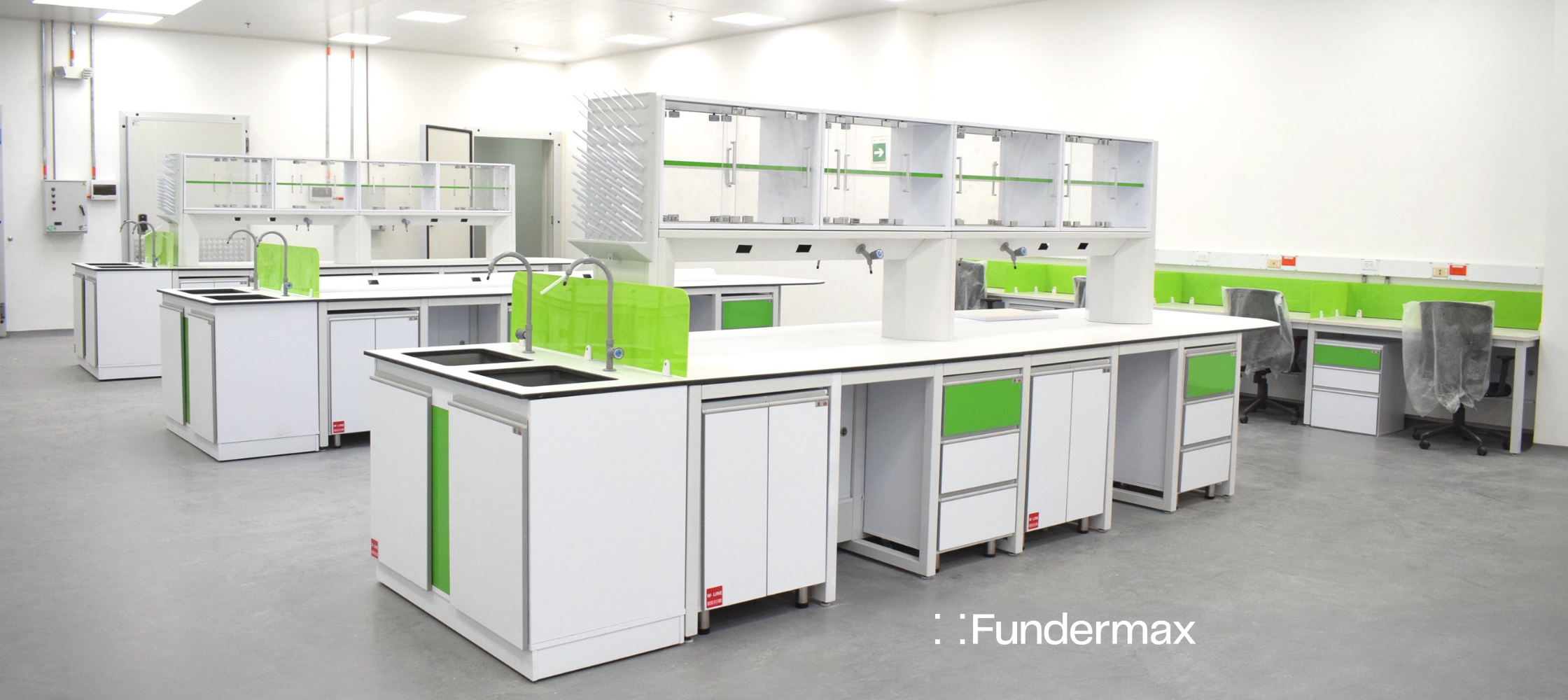
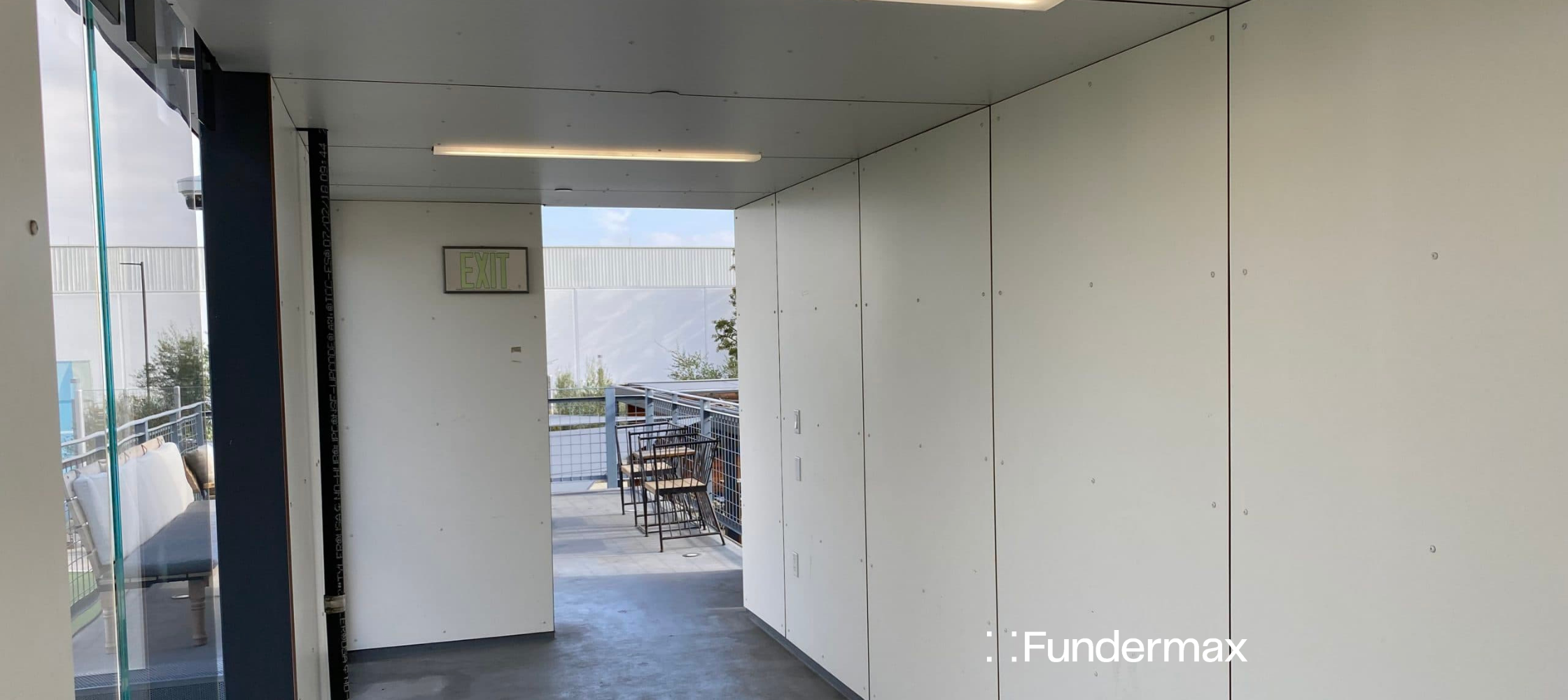
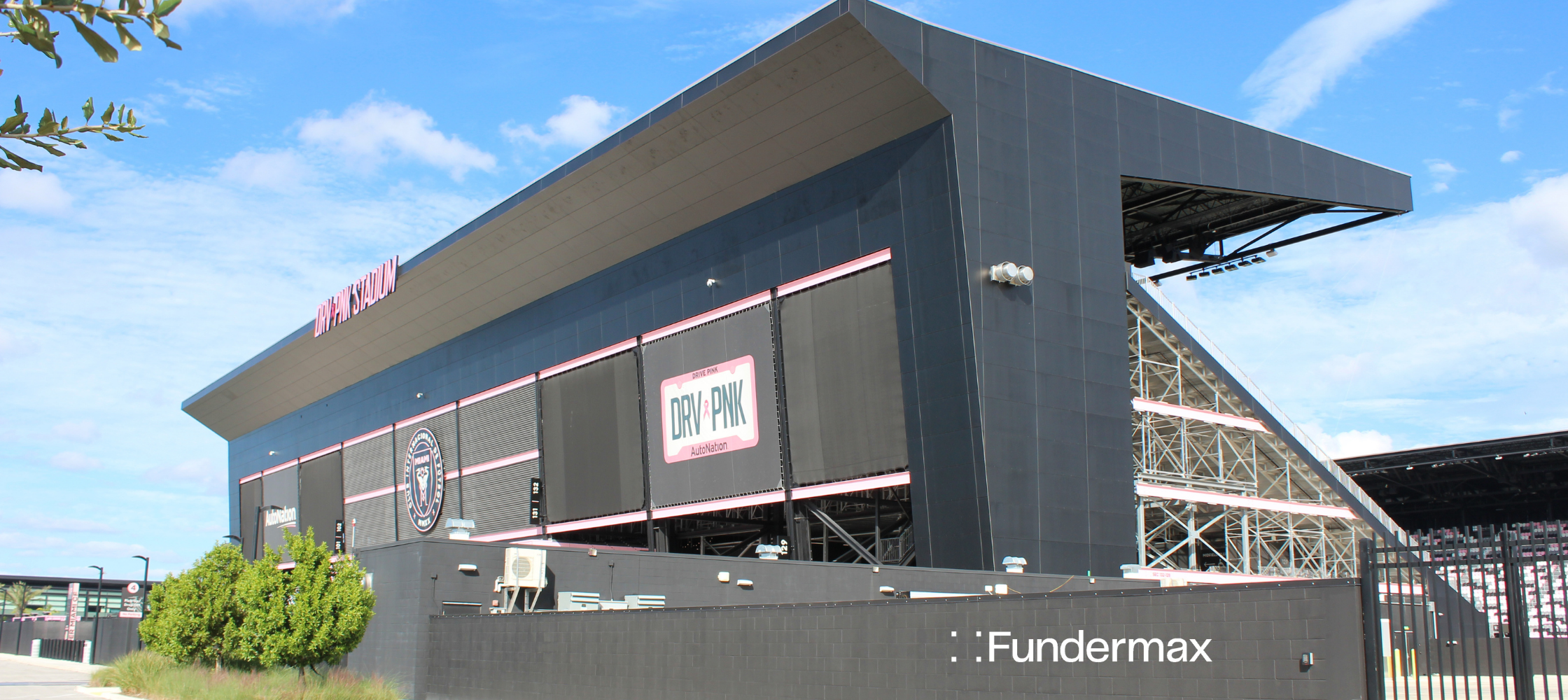
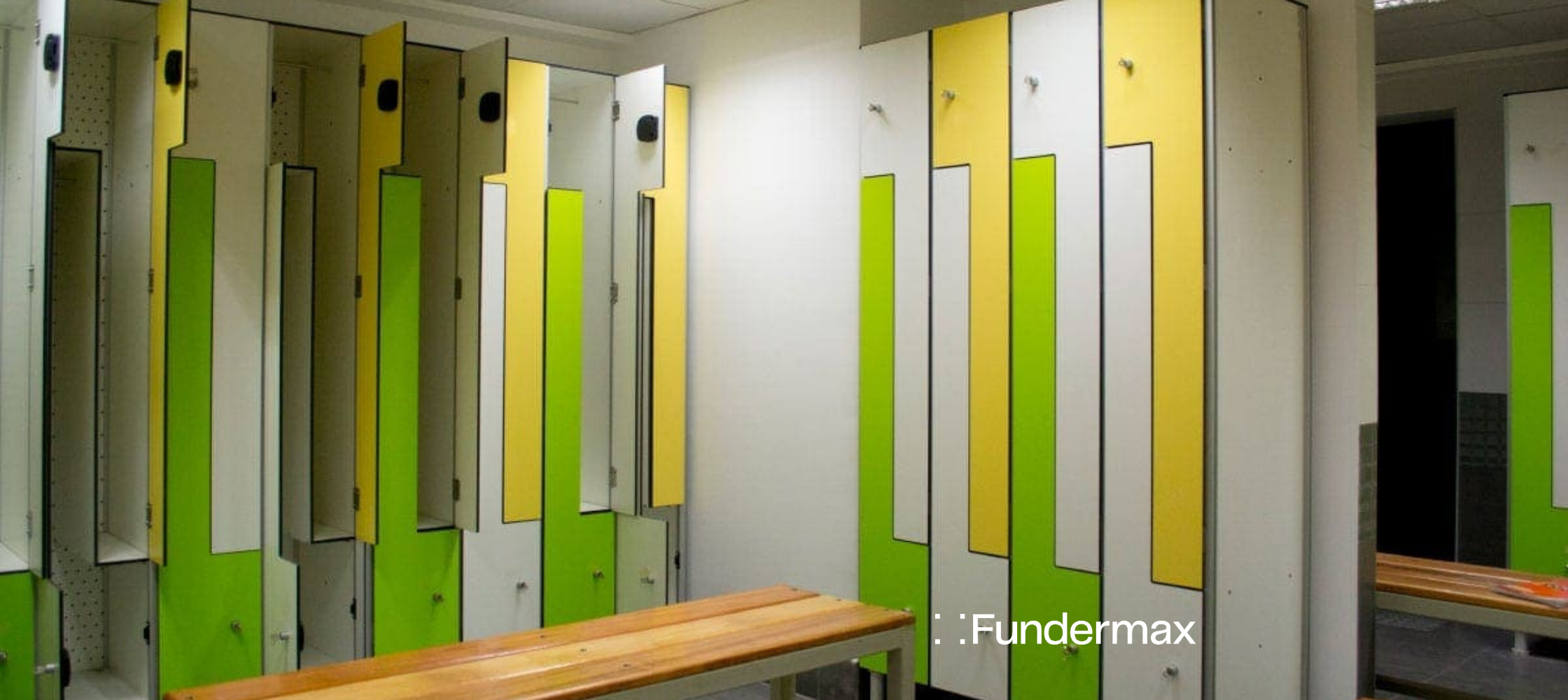
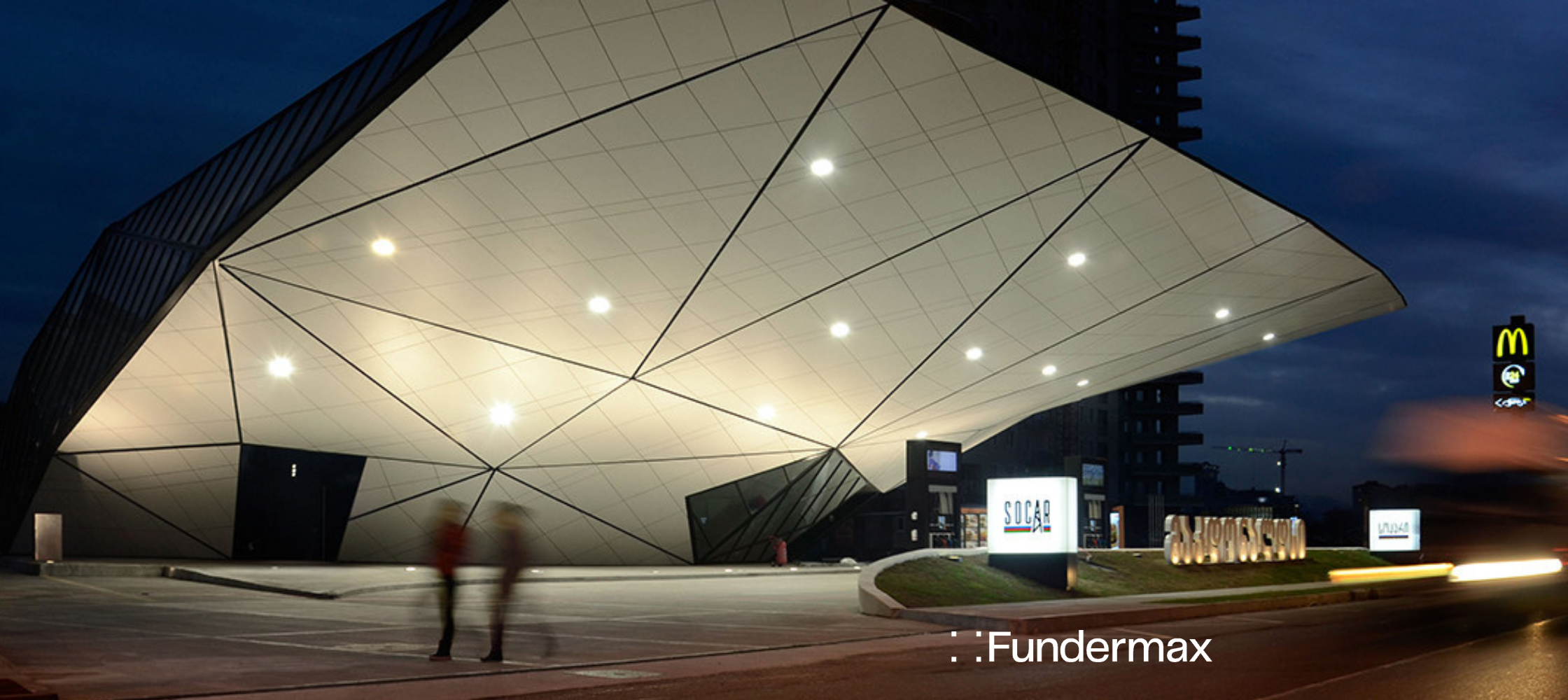

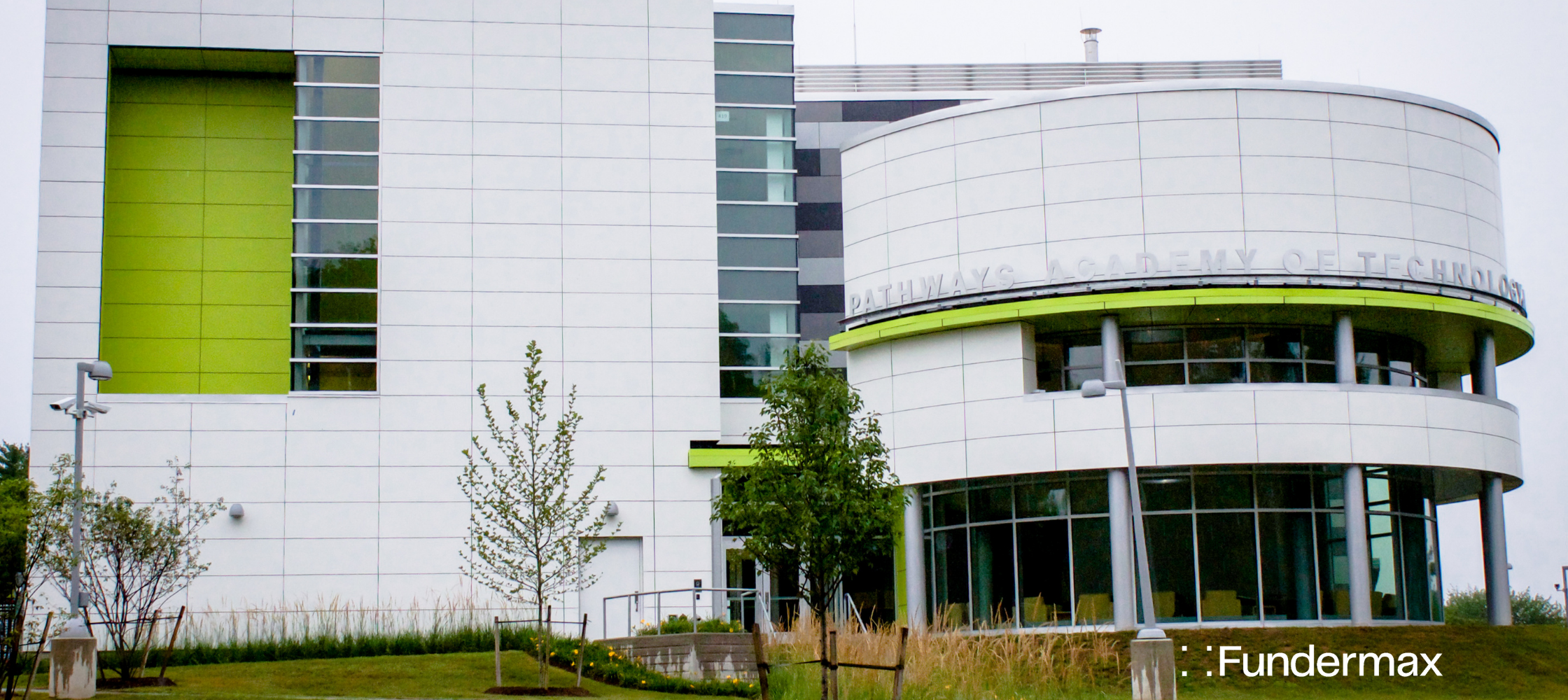
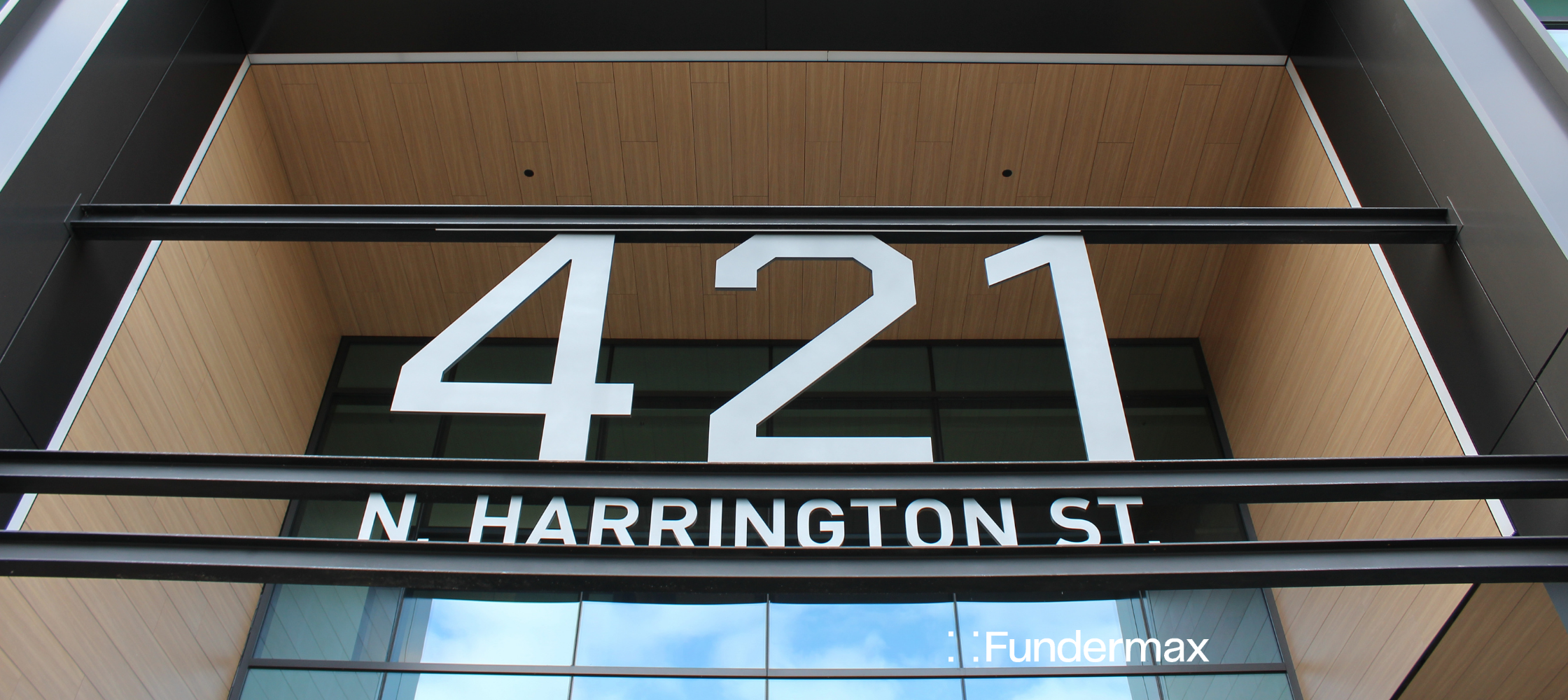
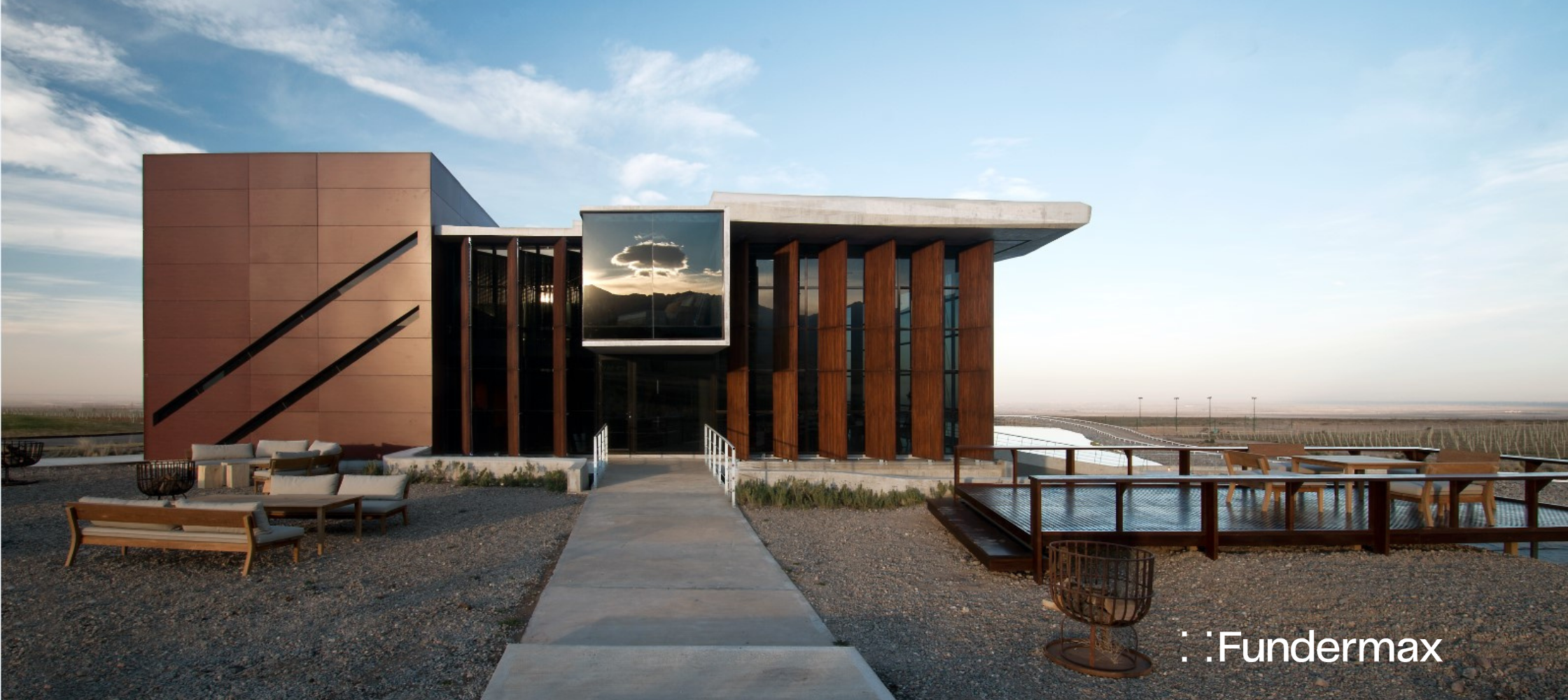
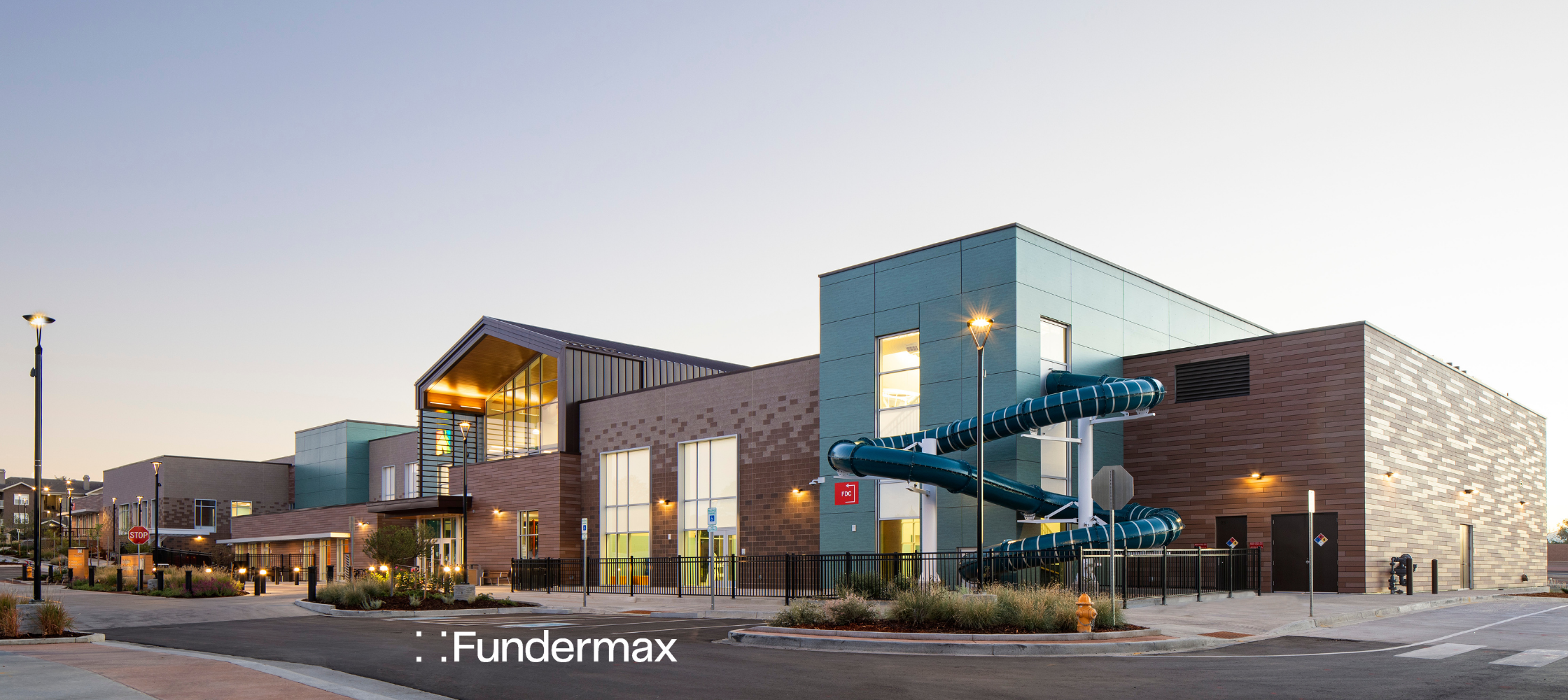
.png)
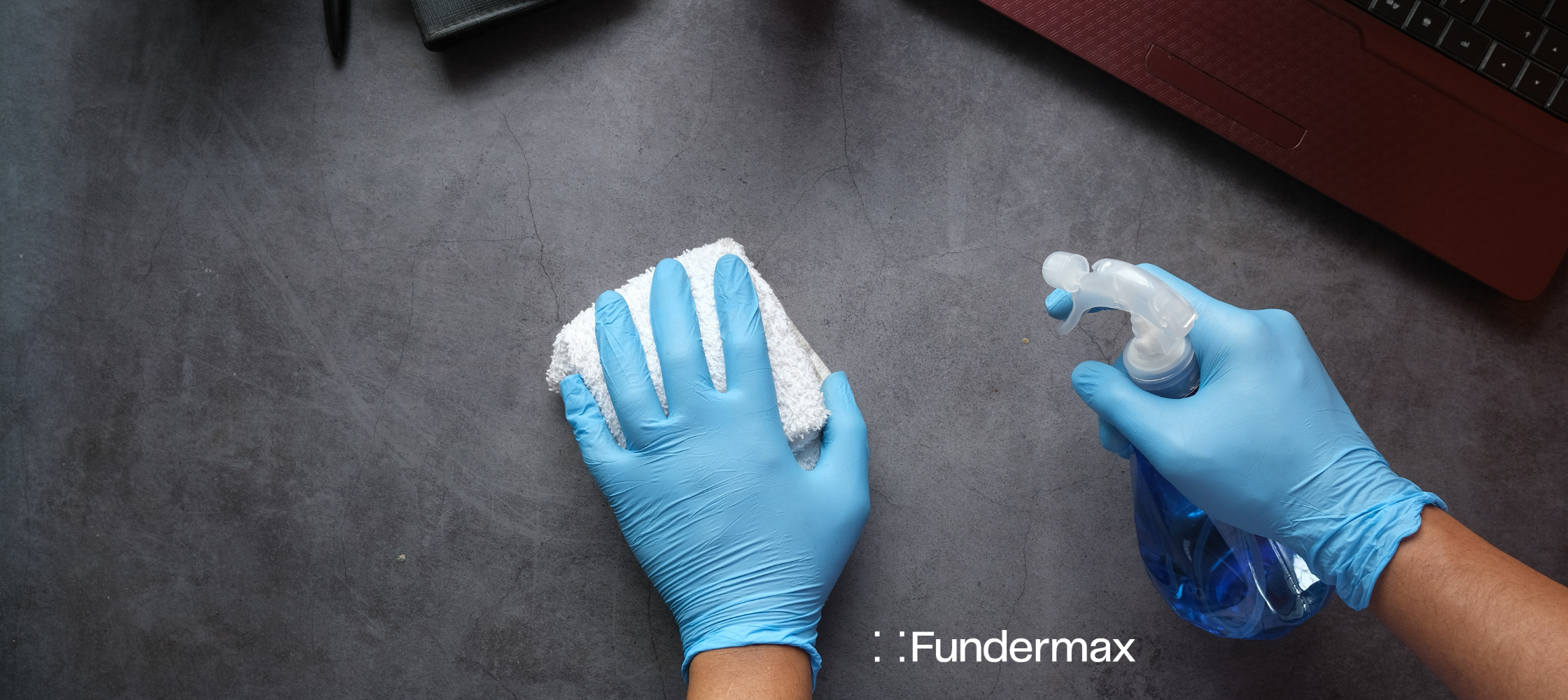
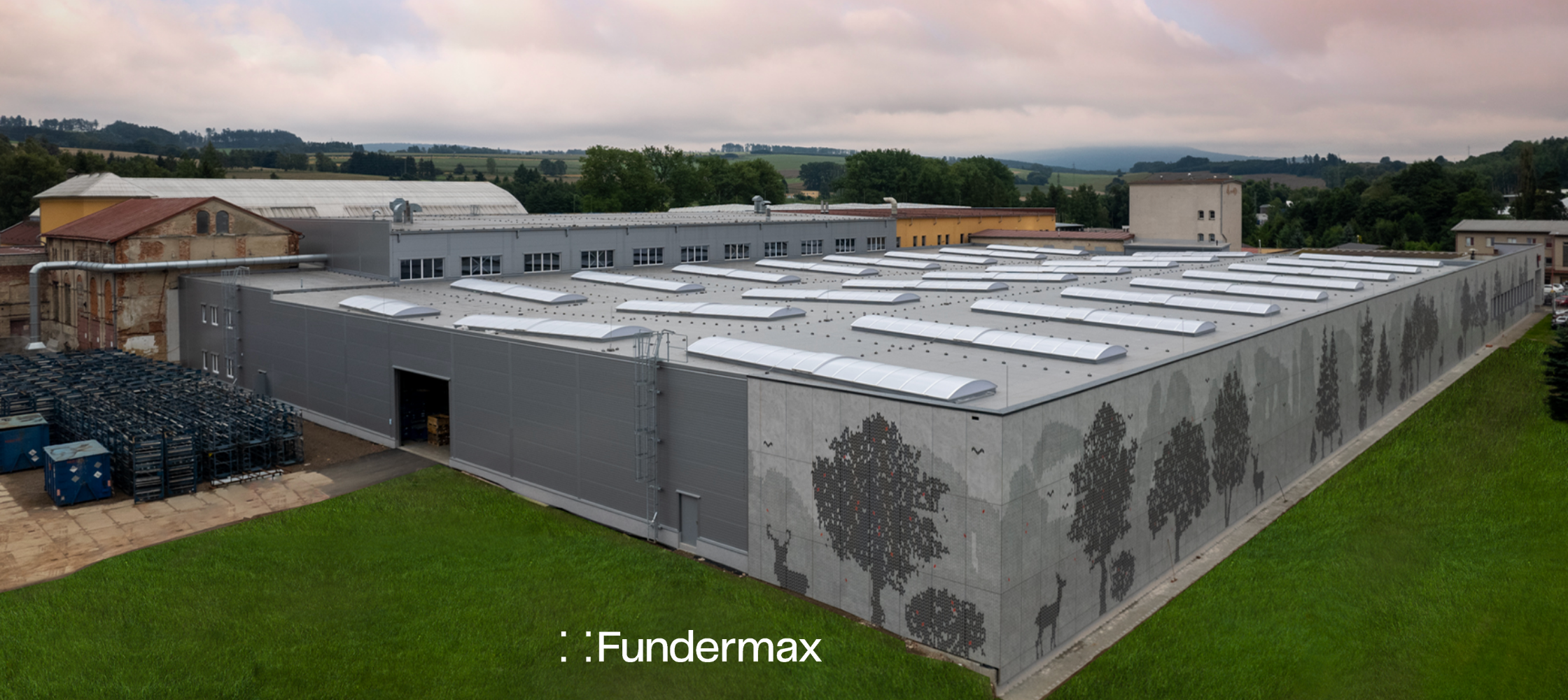
.png)